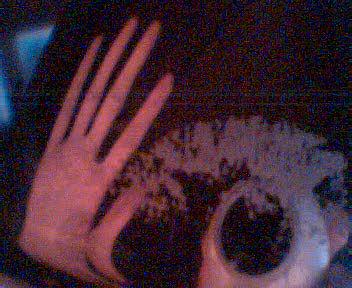Week 2
- Practical 1 - Audio Arts - Stereo Micing [1]
- Spaced Miking gives you a false sense of a stereo image because of a missing middle pickup.
- X/Y Miking isn't good in a live scenario, but good for studio work. A possible application is miking drum overheads.
- Mid/Side (MS) technique (the new technique covered) is great for recording grand pianos. This configuration consists of an omni and a figure 8 mic in a coincident configuration with the hard side of the figure 8 on the bottom end of the piano and the soft side of the figure 8 facing the top end.
David also emphasised that every recording is different and that you need to move your head around and use your ears to find the best mic placement.
I can't wait to try the new MS technique on the EMU grand piano. I've always had difficulty getting a really good sound from this piano so I'm eager to hear the results.
- Practical 2 - Creative Computing - Introduction to Supercollider [2]
The 'post' window is like the 'Max' window in Max/MSP. It displays the technical information of the program.
Christian pointed out that the RTF text format is an unclean file format in that it adds a lot of invisible garbage to the code through formatting. However this extra formatting makes it easier to analyse the code through colour coded text.
The first program we learnt to code in Supercollider was how to print the phrase "Hello World!" - I could barely contain my excitement, though it was good to become familiar with the conventions of the code. Here is the code:
"Hello World!".postln;
Isn't its simplicity delightful?
- Music Technology Forum - Presentation - Introduction; Artist Talk [3]
The strongest impression I received from his presentation was that to be versed in multiple areas of engineering can greatly broaden your creative expression. In particular, I'm referring to electrical and computer systems engineering, but also general skills in wood and metalworking can be helpful. I can only imagine what results would come out of knowledge in other areas such as physics, chemistry, or biology.
- References
- [1] Grice, David. 2006. Practical on Stereo Miking on Stereo Miking. University of Adelaide, 7 March.
- [2] Haines, Christian. 2006. Introductory Practical on the Supercollider Program. University of Adelaide, 9 March.
- [3] Burt, Warren. 2006. Presentation on the life of Warren Burt and his current work. University of Adelaide, 9 March.


0 Comments:
Post a Comment
<< Home